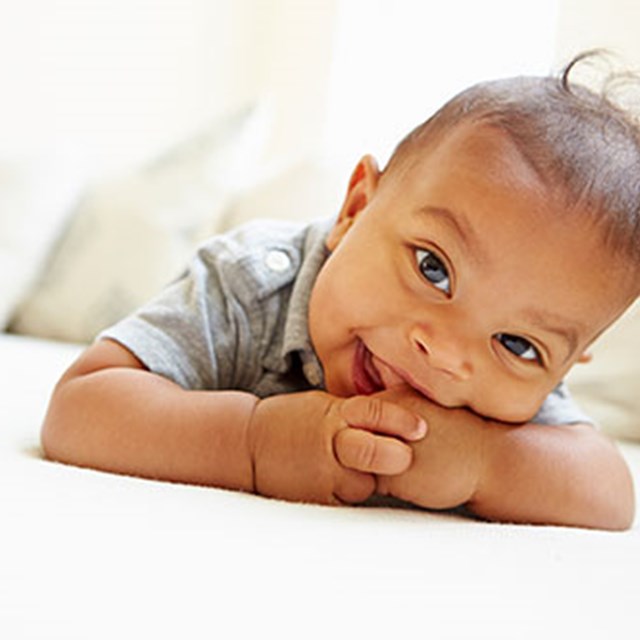
When it comes to the many changes we face in a lifetime, there may not be one more monumental than bringing a new baby into the world. But as many new parents and caregivers might agree, an equally big challenge is bringing a new baby home for the first time. A new baby may seem like a tiny bundle, but the new arrival means big changes in and around the home.
Babyproofing Your Home
“Babyproofing” your home is one of the most important things a parent or caregiver needs to do to prepare for the arrival of a new baby. This process can involve everything from safety locks on kitchen cabinets to making sure no family member of the visitor smokes inside the home. Here are the top things to consider to ensure your home is safe and secure.
- Safe cribs and other baby items: Although some new parents and caregivers like to save money by using hand me down items from family and friends, keep in mind that some products could be unsafe or if parts of missing or loose and an unsafe crib could put a baby’s life in danger. Most brand new cribs and mattresses purchased in the United States are safe because they have conformed to government safety standards. However, some hand me down cribs, bassinets or portable cribs may not conform to current standards and might have even been recalled. To make sure a new or hand me down conforms to current safety standards and to ensure an item has not been recalled, check out the U.S. Consumer Product Information Safety Commission online at www.cpsc.gov or by calling 1-800-638-2772.
- Suffocation Prevention: Although they may look cute, pillows, blankets, and stuffed animals can be dangerous and cause a baby to suffocate—so keep them out of a baby’s crib or playpen where they may be sleeping.
- Cabinet, drawer ,and toilet locks: The American Academy of Pediatrics states that all cleaning products (including laundry and dishwasher pods) and medication should always be stored out of sight and out of reach in securely locked cabinets. Use magnetic locks on cabinets that are not out of reach. Check out www.safewise.com/resources/baby-proofing-buyers-guide/ for a list of the best locks on the market.
- Germ Prevention: The National Sanitation Foundation International says that the germiest areas in a home are kitchen sinks, dish rags, stove knobs, sponges, faucet handles, countertops, refrigerator handles, cutting boards, and toothbrush holders. To make sure a home is the cleanest it can be, have a family member, friend or partner give your home a deep cleaning before the baby comes home. Also, keep a good supply of sanitizing wipes on hand so these areas can be wiped down to help prevent the spread of germs.
- No smoking: If there is a new baby in the house, no one should smoke inside, around a baby, or any place where a baby spends time (including a car). Babies—especially ones who have had or are having breathing difficulties—are at risk for health problems if they are exposed to tobacco smoke.
- Safety rails and gates: To help keep your baby safe from going outside, into an unsafe room or down the stairs, make sure you have a secure and portable “baby gate.” Also, if you do have stairs, make sure the handrails are installed and secure to prevent a tumble, especially when holding your baby.
- Firearms: If there are firearms in your home, be sure to remove ammunition and lock it away in a safe place that is separate from the gun. Also, store keys in a different area from where household keys are kept.
- Smoke detectors and carbon monoxide detectors: Make sure your home has working smoke detectors and carbon monoxide detectors. Also, make sure to place at least one smoke detector on each level of your home and in halls outside of bedrooms. And remember that the U.S. Fire Administration (USFA) advises that smoke detectors should be tested at least once a month and batteries should be replaced at least once or twice a year.
- Emergency plan: In case of fire in your home, have an escape plan that everyone in the family is aware of. Make sure your home or apartment number is easy to see—with easy to read house numbers—so fire or rescue can locate you quickly in an emergency.Also, put emergency numbers, including poison control, near each phone. Ideally, a home should also have at least one phone in your home connected by landline because cordless phones do not work when the power is out, and cellphone batteries can run out.
- Pet Patrol: Although we all love our pets, they can sometimes be problematic with a new baby in the house. You can prepare a pet for a baby’s arrival by bringing home clothing or a blanket with your baby’s scent on it before your baby comes home from the hospital.
After the baby comes home, be aware of any signs of aggression or jealousy when your baby comes home, and never leave your dog or cat unsupervised near your new baby. Parents and caregivers should also keep a pet out of the baby’s sleeping area to help reduce the risk of fur or dander irritating the baby’s breathing passages. When a baby has developed enough to lie outside the crib, place a clean blanket or mat under the baby to keep fur, dander, dust, and carpet fibers from irritating the baby’s airway during playtime.
Although bringing home a new baby can be overwhelming, babyproofing can help calm your nerves and keep your new arrival safe and secure in their brand new home.

